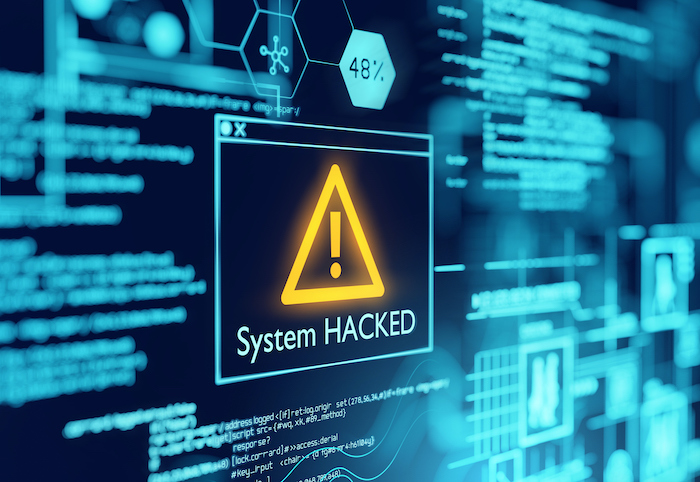According to a recent report released by the Identity Theft Resource Center, 1,291 data breaches occurred between January 1, 2021, and September 30, 2021. The nine-month total of data breaches exceeded the number of data breaches for all of 2020 by nearly 20 percent. Some data breach analysts have coined the phrase “cyberdemic” to describe the dramatic increase in digital technology breaches that unfolded during 2021. In the annual assessment presented by the Data Breach Industry Forecast, credit bureau Experian has designated the five areas that cybercriminals are expected to target in 2022.
The underlying guiding principle of the Data Breach Industry Forecast report for 2020 is the observation that because of the COVID-19 pandemic, professionals will become more digitally connected than ever due to several factors. Although remote work became a healthcare necessity in 2020 and throughout most of 2021, employers have realized the financial benefits of employees working from home. However, the move to remote work introduces an increase in the security threat posed by data breaches. As the Data Breach Industry Forecast report notes, “Big institutions remain vulnerable, despite spending millions on security, and cybercriminals have plenty of opportunities to exploit weak technologies.”
Because of the transformation of the in-person workplace to a digital workplace, the activities of professionals from all over the world are more exposed to the illegal conduct of criminal players in the cyberspace game. Experian’s prediction of the five areas to watch in 2022 is based on the credit bureau’s 18 years of experience helping companies avoid cyberattacks.
Vulnerability of Remote Workers
Working from home enhances productivity and a few studies indicate health as well. However, remote workers face data breach attacks because home wireless networks are much easier to breach than the digital networks established by company IT systems. Employers must create, implement, and enforce security compliance programs for every employee who works remotely, even if they work remotely on a part-time basis. “Employees will need training on matters like how to spot a phishing attempt, or how to respond to a ransomware attack,” according to the Data Breach Industry Forecast report.
Digital Financial Assets
Digital financial assets like NFTs and cryptocurrencies face an onslaught of cyberattacks, as a rapidly growing number of people accept them as valid components of the digital financial industry. Crypto-currency exchange BitMart recently reported that a group of aligned hackers stole more than $150 million worth of tokens from the exchange’s “Hot Wallets.” Data analytics company PeckShield has valued the cryptocurrency theft at more than $200 million.
Natural Disaster Donations
The rapid increase in the number and intensity of tropical storms over the past few years has spawned a record number of donations, many of which have come from corporations giving away a substantial amount of money. Hackers have pounded on the new trend during the era of climate change by attempting phishing attacks that disguise cybercriminals as charitable organizations. Not only do the hackers pilfer donations, but they also steal credit card information to purchase products and services.
Experian also emphasized how the unreliable global supply chain allows hackers to divert donated goods to warehouses where the cybercriminals assume control of the goods for sale on the open market.
Online Gambling
As more states legalize online gambling, the number of opportunities for breaching cyber-security systems is expected to increase as well. Phishing scams target online gamblers, especially novice online gamblers that do not take strong enough measures to prevent cyberattacks. Since most online gamblers conduct business over highly-susceptible home wireless networks, hackers can easily retrieve valuable information such as credit card and bank account numbers. Experian predicts hackers that engage in credit card theft can either obtain the sensitive information by hacking, impersonating online casinos, and/or applying algorithms to acquire passwords.
Infrastructure Landmarks
The trillions of dollars approved under the recently passed federal infrastructure bill represent a fertile cash cow for online hackers to steal money. According to Experian, hackers will attempt to steal from the massive infrastructure fund by implementing a number of different illegal tactics from phishing to CEO fraud. The Data Breach Industry Forecast report says, “The sums are so large, and their distribution involves so many institutions and processes-from Treasury vendors to banks, to individual contractors-that hackers will be probing for weaknesses in the money supply chain.”
The Bottom Line
As the annual Data Breach Industry Forecast report by Experian stresses, it is not just CIOs and other IT executives that have to plan for a significant increase in data breaches curing 2022. Professionals who work remotely from home, gamblers who place bets over the Internet, and government agencies in charge of infrastructure projects also must remain vigilant in 2022 to avoid becoming victims of data breaches.




0 Comments